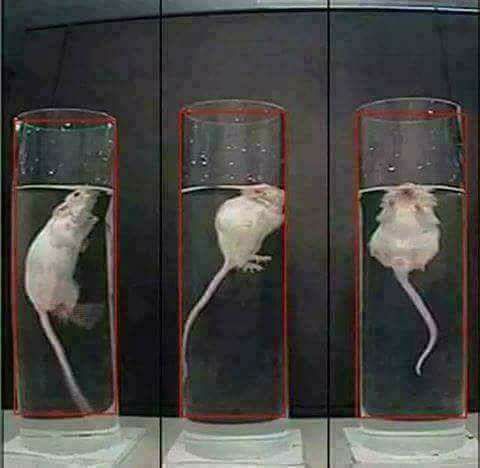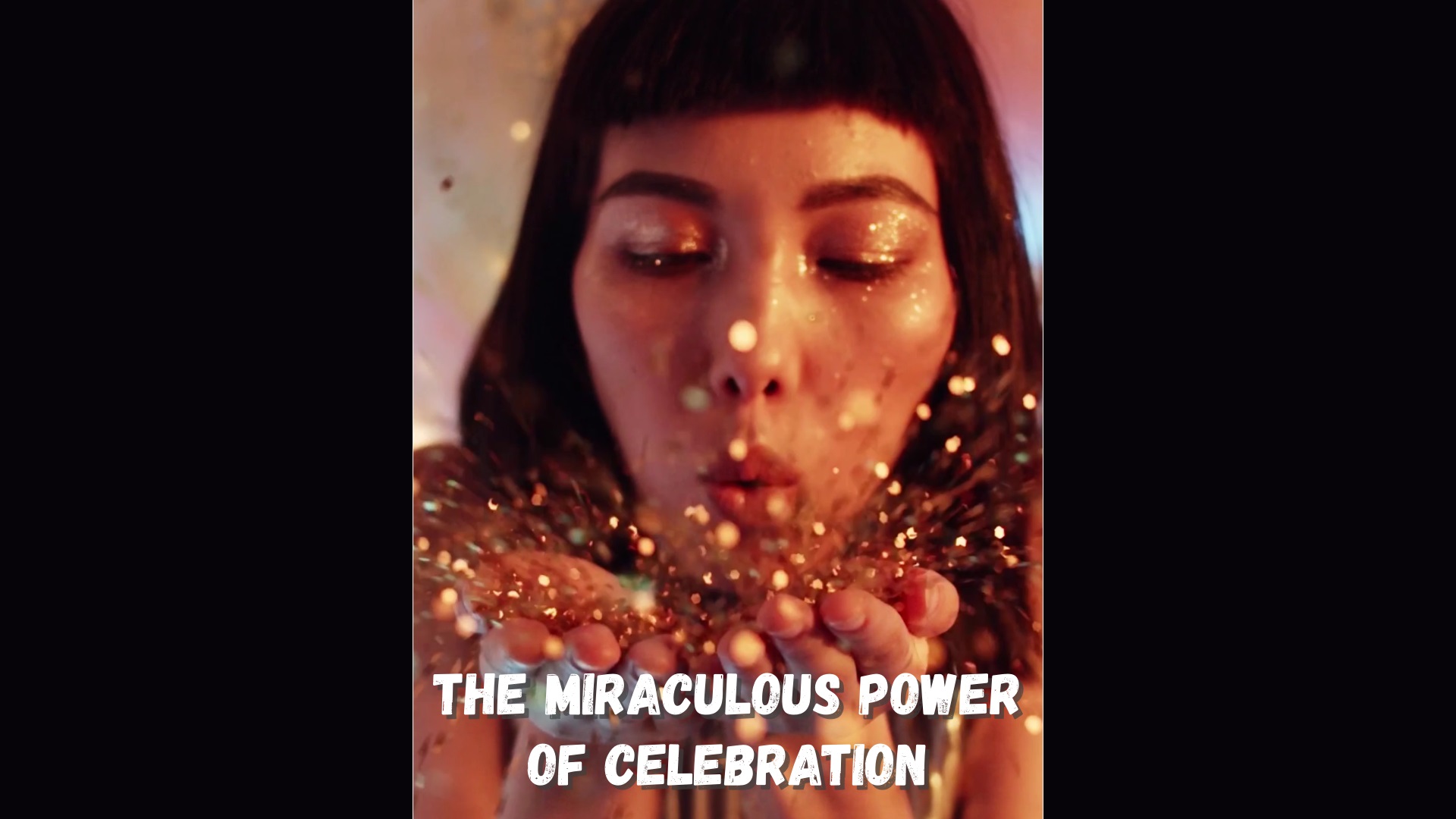
American psychobiologist Dr. Curt P. Richter, in an experiment he carried out on mice at John Hopkins University in 1957, obtained a number of results that proved how important hope is for the life force.
In an experiment he carried out with his assistants on a group of experimental rats, they initially investigated to what extent the temperature changes in the water affected their resistance. In these experiments, they aimed to find out how long they could stay above water by placing mice in glass tubes half filled with water.
In the experiments, it was observed that the mice managed to stay above water for a maximum of 15 minutes. However, some interesting situations emerged at one stage of the experiments. In conditions where most rats barely lasted a minute or two, some rats managed to stay afloat for hours.
To find out why, Dr. Richter and his assistants tried something different. This time, they took a group of rats they tested out of the water just as they were about to die, dried them, kept them next to the others for a while, and put them back into the water. It was determined that after this procedure, which was repeated sequentially, the mice managed to survive longer each time they were placed in the container. Experiments repeated after 24 hours revealed an enormous difference between mice that received this treatment and those that did not.
The treated mice learned that the situation was not hopeless at all. It has been observed that the mice managed to stay above water for close to sixty hours. According to this result, the mice learned that the situation they experienced was not the end and that they could get rid of it. After all, they had a reason to try harder and stay alive. It was hope that kept them alive.
Curt P. Richter, “On the Phenomenon of Sudden Death in Animals and Man,” Psychosomatic Medicine: May 1957.


